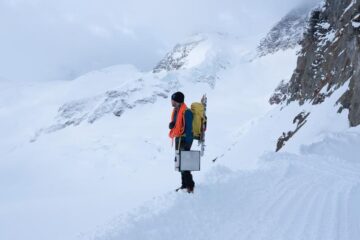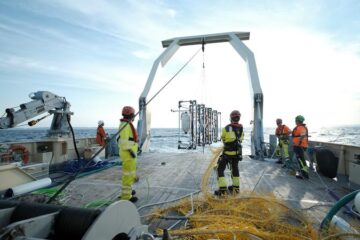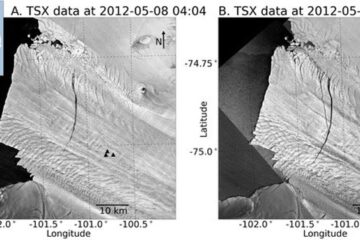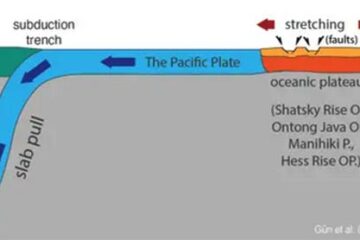Earth Sciences
Earth Sciences (also referred to as Geosciences), which deals with basic issues surrounding our planet, plays a vital role in the area of energy and raw materials supply.
Earth Sciences comprises subjects such as geology, geography, geological informatics, paleontology, mineralogy, petrography, crystallography, geophysics, geodesy, glaciology, cartography, photogrammetry, meteorology and seismology, early-warning systems, earthquake research and polar research.

Research on a rope
SLF physicist Lars Mewes is investigating snow crystals’ direction of growth and analysing snow profiles on the Jungfraufirn Glacier. His work is part of a collaboration with other institutions, which…

The snow has to be CT scanned
Having returned from Antarctica, SLF technician Matthias Jaggi talks about new insights into snowpack structure, future work to refine climate models using the samples collected, a personal career highlight –…

Boulder detection for monopile foundations
…and submarine cables in the Baltic Sea for Baltic Power Offshore Wind Farm. The Fraunhofer Institute for Wind Energy Systems IWES has conducted a boulder detection campaign in the Baltic…

80 mph speed record for glacier fracture
…helps reveal the physics of ice sheet collapse. There’s enough water frozen in Greenland and Antarctic glaciers that if they melted, global seas would rise by many feet. What will…

Discovery of faults on Pacific Ocean floor
Findings show Pacific Plate is being torn apart at undersea plateaus spanning the ocean by the weight of the oceanic plate subducting at the Western Pacific Ring of Fire. New…

Earliest evidence of a complex adhesive in Europe
University of Tübingen researchers attribute items from French site of Le Moustier to Neanderthals – evidence of higher mental abilities and cultural development. More than 40,000 years ago, early people…